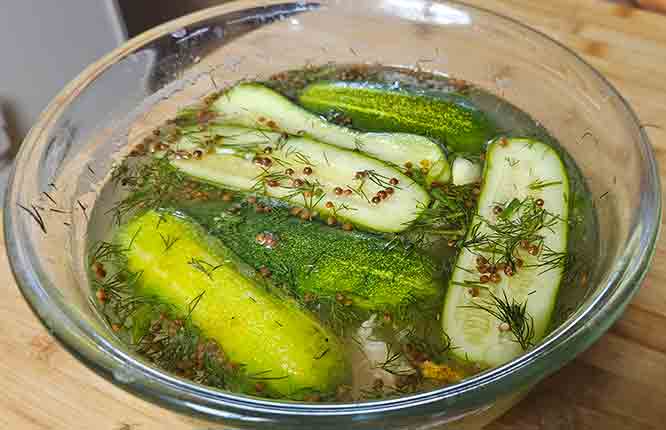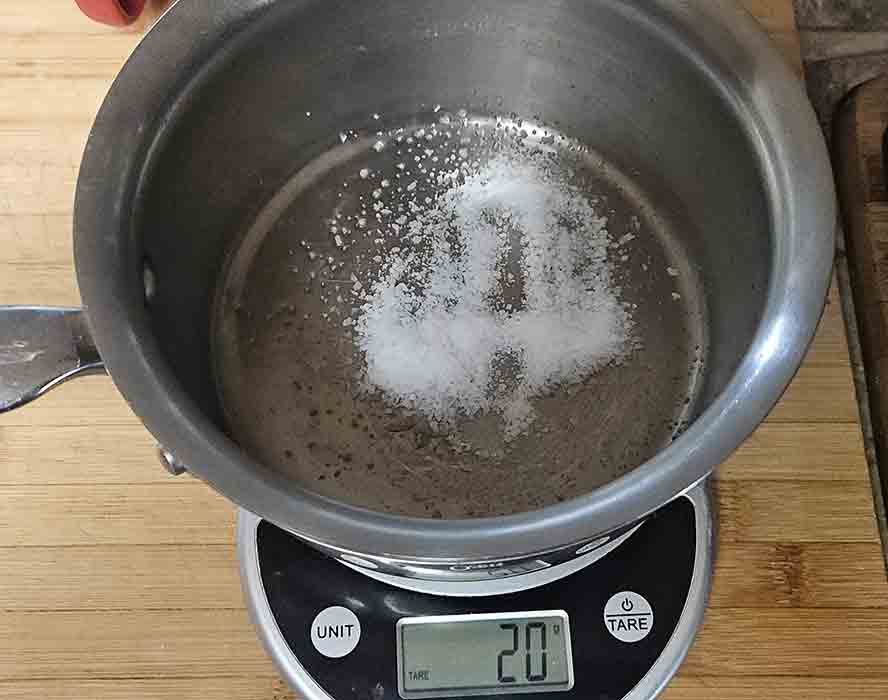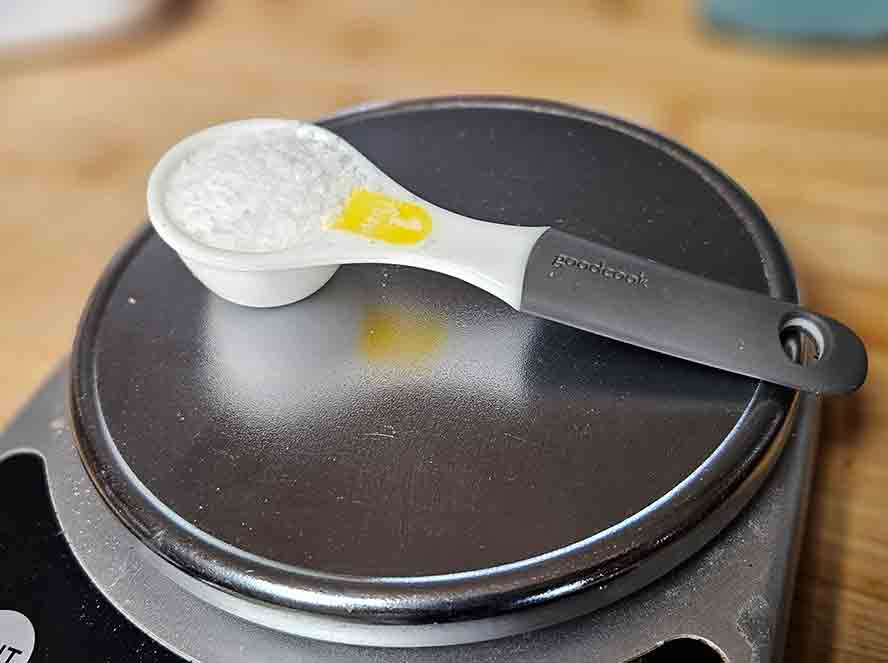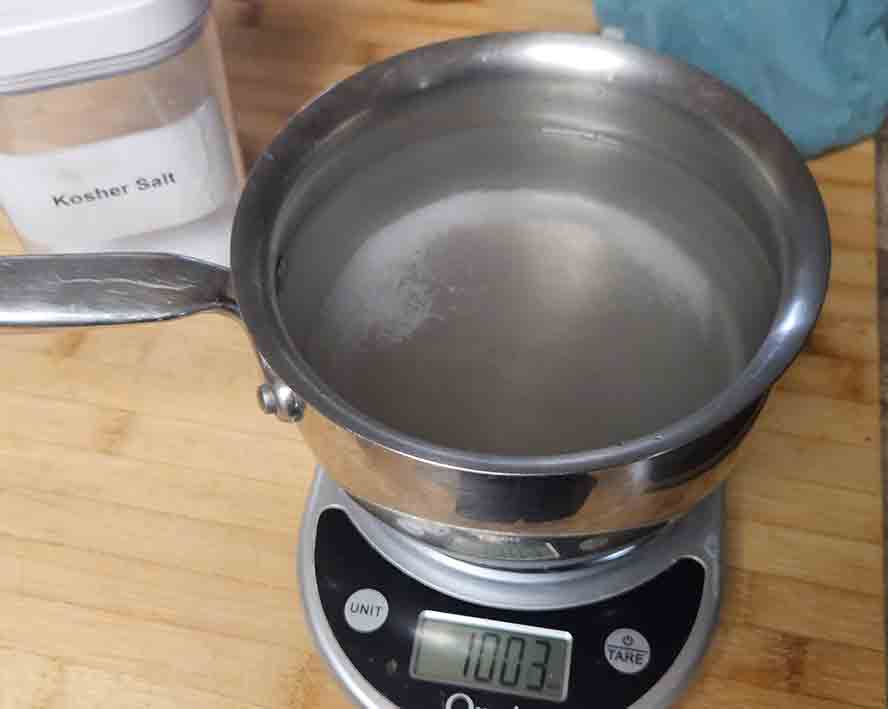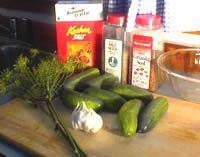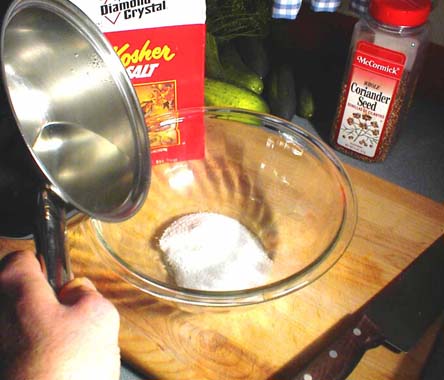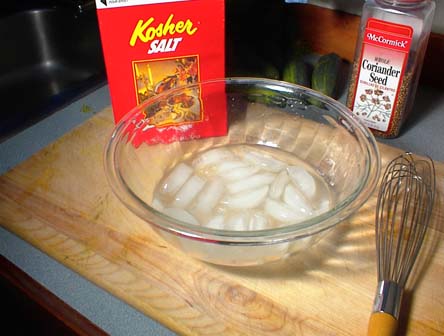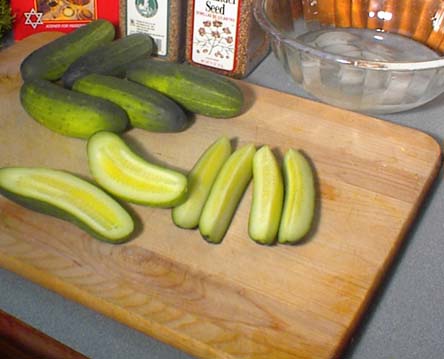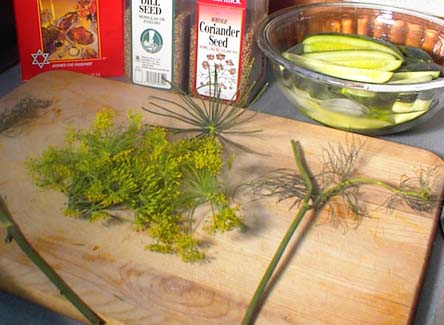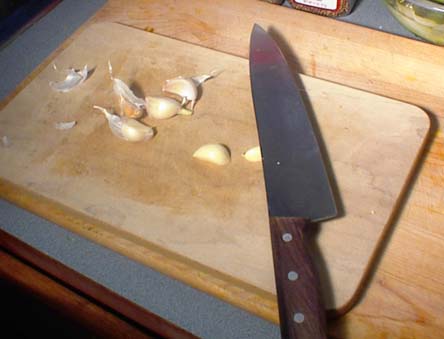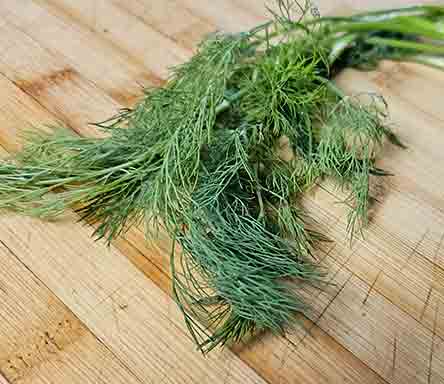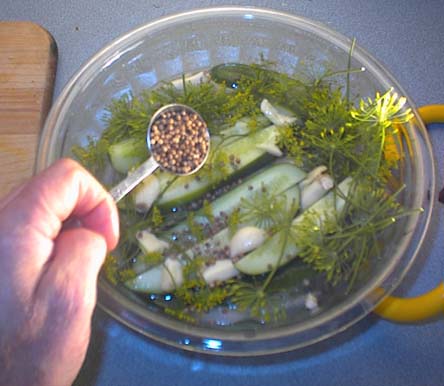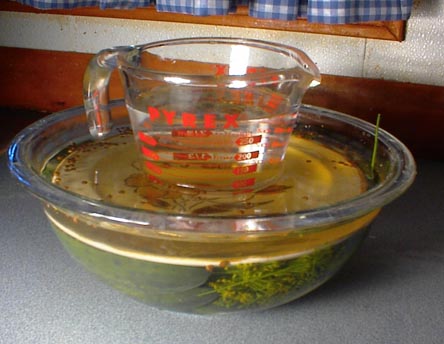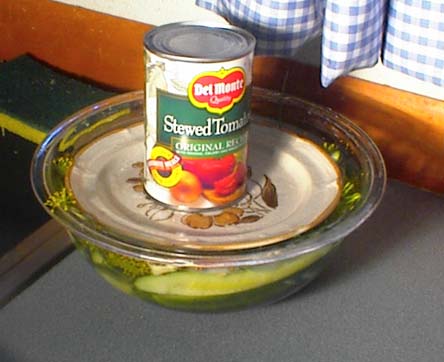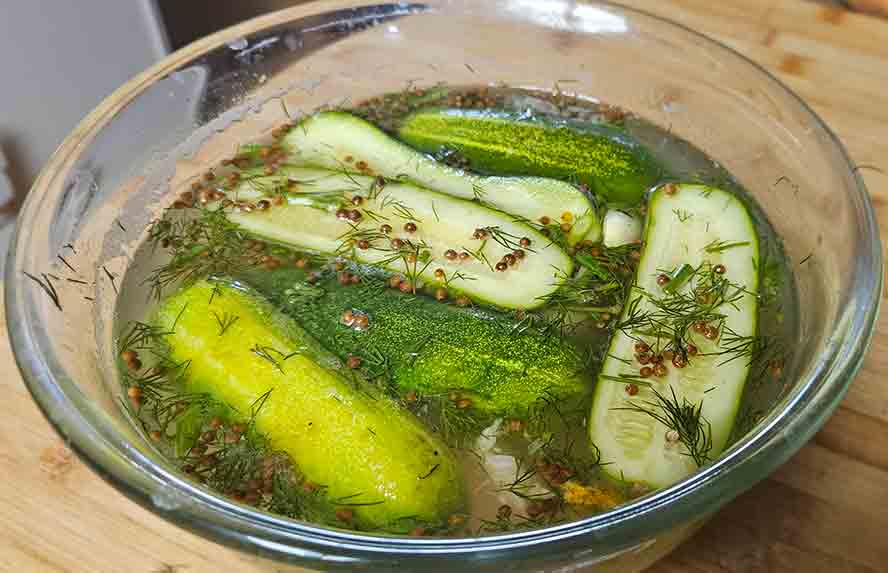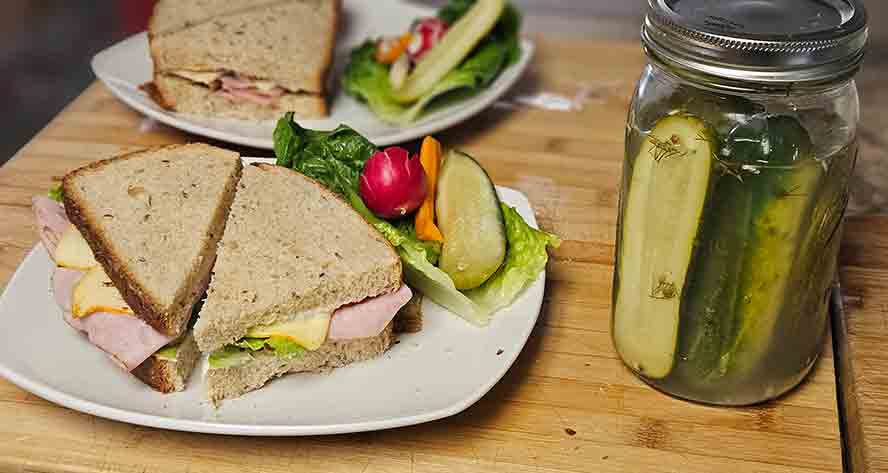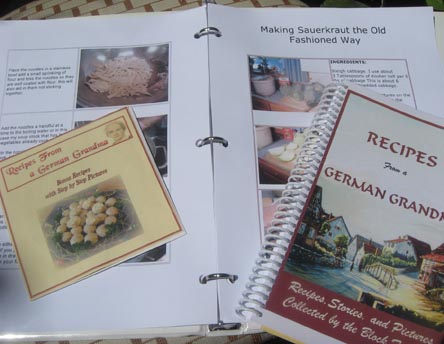�� The Alchemy of Pickling: A Briny Transformation
There’s something quietly magical about watching cucumbers surrender to time and salt, transforming in their briny bath into tangy, crunchy pickles. It’s not just a recipe—it’s a slow-motion metamorphosis, a dance of microbes and minerals that’s been happening for centuries.
You don’t need a lab coat or a precise formula to get started. Just follow a few trusty rules of thumb. Too much salt? Sure, your pickles might come out bold and briny—but that’s not a disaster. In fact, back in the day, when pickling was a lifeline through long winters, extra salt was a feature, not a flaw. Families would soak their pickles in fresh water to mellow the salt before serving. Preservation first, flavor second.
�� Fermentation: Nature’s Gut-Friendly Gift
Modern science has caught up with tradition, singing the praises of fermented vegetables. Like acidophilus in yogurt, the beneficial bacteria born in fermentation help your digestive system thrive and fend off the bad guys. It’s probiotic power, straight from your pantry.
�� Tools & Tips for the Perfect Brine
When it comes to containers, think chemistry. Glass bowls are ideal—non-reactive and reliable. Some food-grade plastics can work too, but steer clear of metal unless it’s stainless steel. You don’t want your pickles picking up any unwanted flavors or reactions.
As for salt, I usually reach for kosher—it’s always in my kitchen. But if you’ve got pickling salt on hand, even better. It dissolves easily without needing heat, making your brine prep a breeze.
|

